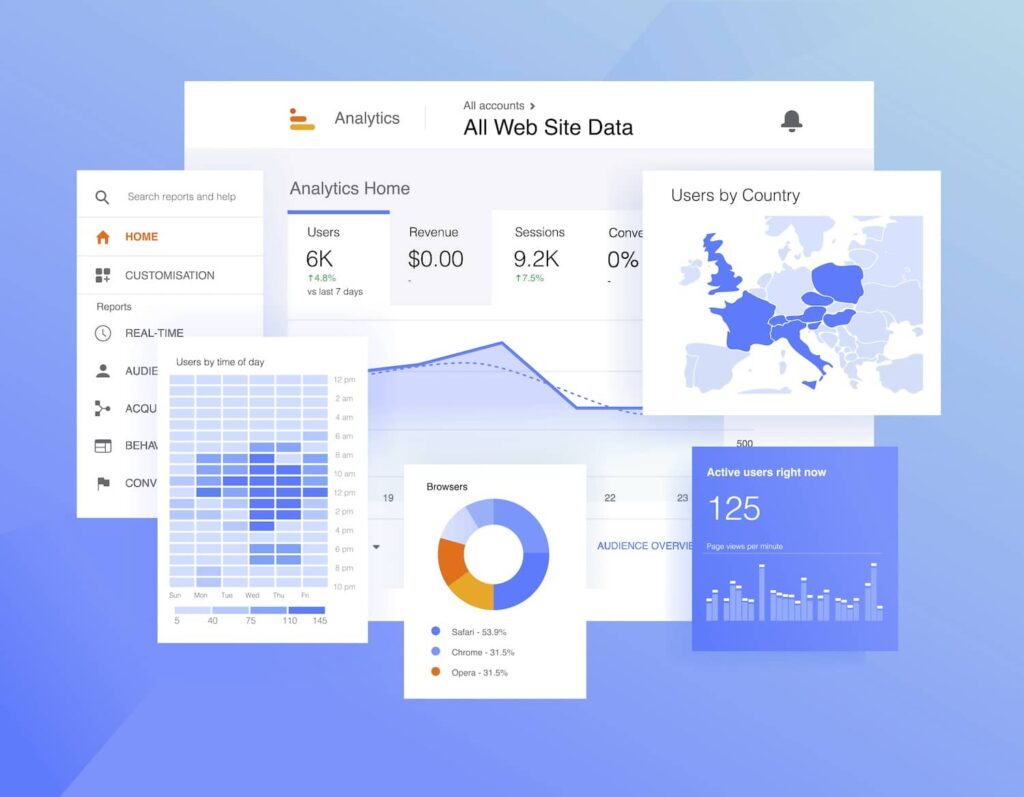Recognizing Secondary Dimensions in Google Analytics: What is a Secondary Dimension and How It Improves Data Analysis
Recognizing Secondary Dimensions in Google Analytics: What is a Secondary Dimension and How It Improves Data Analysis
Blog Article
Revealing the Impact of Additional Dimension in Google Analytics on Information Analysis and Insights
In the world of information analytics, the utilization of second dimensions within Google Analytics has become a critical device for removing deeper understandings and unraveling complicated patterns that might or else stay covered. By peeling off back the layers of primary information collections, additional measurements provide a nuanced point of view that improves the understanding of user actions, website efficiency, and the performance of advertising and marketing approaches. Nonetheless, truth impact and untapped potential of additional measurements are commonly undervalued, eclipsed by the attraction of primary metrics. As we browse with the detailed landscape of data analysis, the relevance of secondary dimensions comes to be progressively noticeable, shedding light on critical information that hold the trick to informed decision-making and calculated optimizations.
Exploring the Idea of Second Measurements
Additional dimensions in Google Analytics supply extra insights by permitting users to analyze main information in conjunction with a second quality. By incorporating second dimensions, customers can dig much deeper right into the information and uncover useful relationships that might otherwise go undetected - what is a secondary dimension in google analytics.
By exploring the various additional measurements readily available in Google Analytics, individuals can unlock new insights and maximize their digital advertising initiatives. In significance, second measurements serve as an effective tool for enhancing data evaluation and driving workable results.
Enhancing Data Interpretation With Second Measurements
Having developed the foundational understanding of additional dimensions in Google Analytics and their essential function in data evaluation, the focus currently changes in the direction of leveraging these second attributes to improve the analysis of analytics data (what is a secondary dimension in google analytics). By including secondary measurements into data evaluation, experts can obtain much deeper insights right into individual actions, internet site efficiency, and advertising efficiency

Moreover, secondary dimensions assist in contextualizing main data metrics by providing added layers of info. This contextualization help in recognizing the 'why' behind the information trends, aiding experts make educated optimizations and choices to improve total efficiency. Inevitably, integrating second dimensions enriches the information interpretation procedure, leading to even more calculated actions and purposeful understandings.
Uncovering Hidden Insights Through Additional Dimensions
Exploring the midsts of analytics data with second dimensions discloses important understandings that would or else remain obscured. By integrating second measurements in Google Analytics, organizations can uncover hidden patterns, fads, and relationships that provide an even more thorough understanding of user habits and website performance. These additional layers of information allow analysts to dive deeper right into the key dimensions, such as web traffic sources or touchdown pages, and obtain a more nuanced point of view on just how different variables communicate with each other.
Through making use of additional dimensions, experts can sector and compare data across various measurements, allowing them to identify particular variables that affect individual engagement, conversion rates, and general success metrics. By coupling the main measurement of 'gadget classification' with the additional Discover More Here dimension of 'age group,' online marketers can determine which age demographics favor accessing the website with mobile tools versus desktop computers. This level of granularity encourages companies to make data-driven decisions and maximize their approaches for far better results. Inevitably, discovering covert understandings through additional dimensions improves the deepness and precision of data evaluation, leading to even more enlightened decision-making and improved performance outcomes.
Leveraging Secondary Dimensions for Actionable Analytics
Building upon the understandings revealed with second measurements in Google Analytics, companies can currently harness this enriched information landscape to drive workable analytics and tactical decision-making. By leveraging second dimensions, companies can dig deeper right into their data to remove useful patterns, trends, and relationships that may have formerly gone unnoticed. anonymous This much deeper level of evaluation makes it possible for organizations to acquire a more extensive understanding of user habits, project performance, and general site effectiveness.
One secret benefit of utilizing additional dimensions for workable analytics is the capability to sector information based on certain standards. This segmentation enables organizations to tailor their strategies and campaigns to different audience teams, causing more targeted and efficient marketing efforts - what is a secondary dimension in google analytics. In addition, secondary measurements provide a more alternative sight of customer interactions, allowing organizations to maximize their website web content, style, and general customer experience
Maximizing Decision-Making With Secondary Dimensions
To boost critical decision-making in analytics, leveraging secondary dimensions in Google Analytics can offer a much more nuanced viewpoint on customer actions and project efficiency. By integrating second measurements right into information evaluation, organizations can delve deeper into the specifics of their site visitors' communications and involvement patterns. This additional layer of details permits a more detailed understanding of just how my website various variables, such as demographics, gadgets, or web traffic sources, impact essential efficiency indications.

Final Thought
In conclusion, using second measurements in Google Analytics plays a crucial duty in improving information analysis and revealing concealed insights. By discovering this idea, one can gain a deeper understanding of customer actions and make notified decisions based upon workable analytics. Leveraging secondary measurements permits for an extra extensive analysis of data and makes best use of the performance of decision-making processes.

Report this page